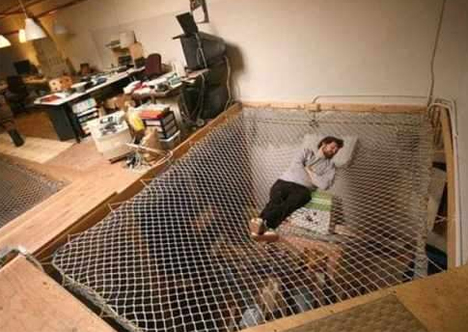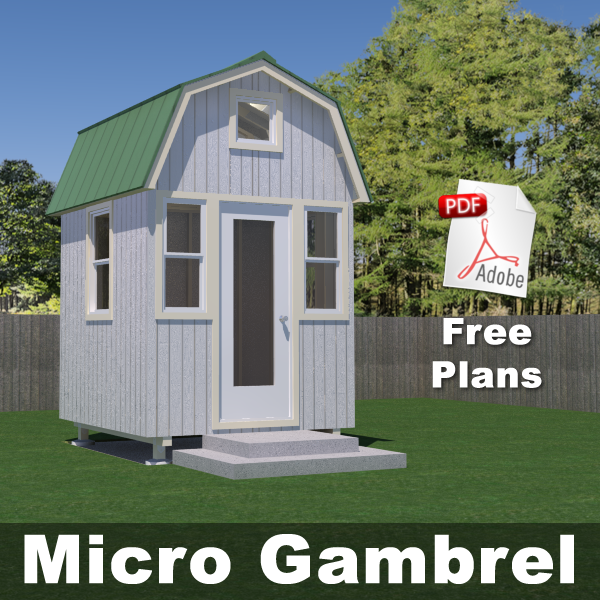Like many people, I have a problem with the classic Tiny Houses; They are too tiny. For crying out loud, I am claustrophobic! Yes they are cute. And I get the whole Walden minimalist thing some people are attracted to. There is a part of that ethos that I strive to someday achieve. But I've lived in enough barns, huts, cabins, domes, and tents to know that I deserve more. I am not a hermit. I enjoy space and style and modernity.
So I was excited when I discovered the Minim House built by Brian Levy. The main difference is the width. Rather than the standard 8.5 feet for tiny houses, it is a whopping 11 feet wide. Those 2.5 feet make a huge difference. It allows for a loft free space (The pullout bed hides underneath the storage area, i.e. where the guitar is hanging.) and more room to move around. There is no cramped kitchen in this home. It's still on a trailer, though it is a wide-load park model width so a permit is required for moving it. But seriously, how often do people move there Tiny Houses? How often will I? My goal is to settle down in one place. But until that happens I want to have the ability to take my home with me to the next location.
Now lets talk cost and comparison to the most famous and popular Tiny House, the Tumbleweed Fencl.
As you can see, based on Brian Levy's design, the self-build cost is only $6000 more than the Fencl design. And that is with a whole bunch of premium components such as the $1700 Incinerator Toilet, which I am not sure about considering because of my affinity for Compost Toilets. Who knows?
Now so far, the Minim House seems to be a one-of-a-kind in the world of Tiny Houses. I have yet to see any other design that has the extra width of the Minim and use of SIP panels. This led me to investigate wide trailer house designs, and I discovered that there are tons of these all over the U.S. They're called Park Models. It's every mobile home you've ever seen, except it's still on a trailer. So there is a whole ocean of designs to explore!














